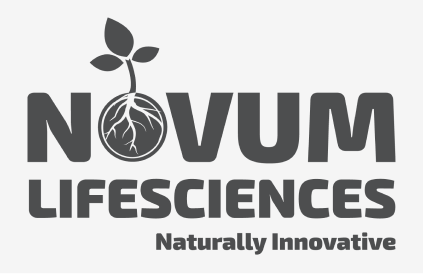PROJECT
OVERVIEW
Genotypic Based Identification
Symbio offers Whole Genome Sequencing (WGS) and Targeted Genome Sequencing (TGS) services to achieve an accurate and comprehensive examination of the microorganisms. These genotypic analyses, also known as high-throughput sequencing (HTS) or Next generation sequencing (NGS) offer many advantages over traditional methods and allow sequencing of multiple DNA molecules in parallel at the same time.
PROJECT
DETAILS
Research Name
Name goes here
CLIENT
Name goes here
CATEGORY
Name goes here
LOCATION
Name goes here

Microbial Diversity analysis:
Microbial diversity analysis refers to 16S/ITS amplicon sequencing from specific regions such as 16S ribosomal DNA (rDNA) and Internal Transcribed Spacer (ITS) and is used to identify and compare bacteria or fungi present within a given sample. 16S is the most commonly used marker gene for prokaryotic species (i.e bacteria) within a sample whereas ITS region is used as DNA marker for identifying fungal species in metagenomic samples. This method allows genus-level identification in a complex and mixed microbial community.
This technique does not require culturing of microorganisms and is an efficient way to analyze the entire microbial community within a sample. The ability to combine multiple samples per sequencing run provides unmatched efficiency as compared to traditional methods.
Whole Genome Sequencing (WGS):
WGS analysis of food and environmental pathogens identifies and characterize microbes in single run revealing the entire DNA make-up of an organism and enabling the understanding of variations within and between species. This technique also assists in source tracking of microorganisms especially during foodborne related illness or outbreaks.
Proteomic based Identification:
Matrix-Assisted Laser Desorption/Ionization (MALDI) Time of Flight (TOF) Mass Spectrometry is a proteomic based technique providing rapid, accurate and reliable method for identification of microorganisms. This technique replaces conventional, laborious and time-consuming methods and can provide microorganism confirmation and identification within minutes after detection of a positive microbial isolate.
This method can identify various bacterial and fungal species including food pathogens Salmonella spp., Listeria spp., L. monocytogenes, Campylobacter spp. and Cronobacter spp.
Food spoilage or quality indicators such as Enterobacteriaceae, spore forming bacteria, yeast and mould are also identified to genus or species level using this system.
This approach has significantly reduced Turn around times (TAT) of all microbiological analysis by offering quicker confirmation of presumptive results.


